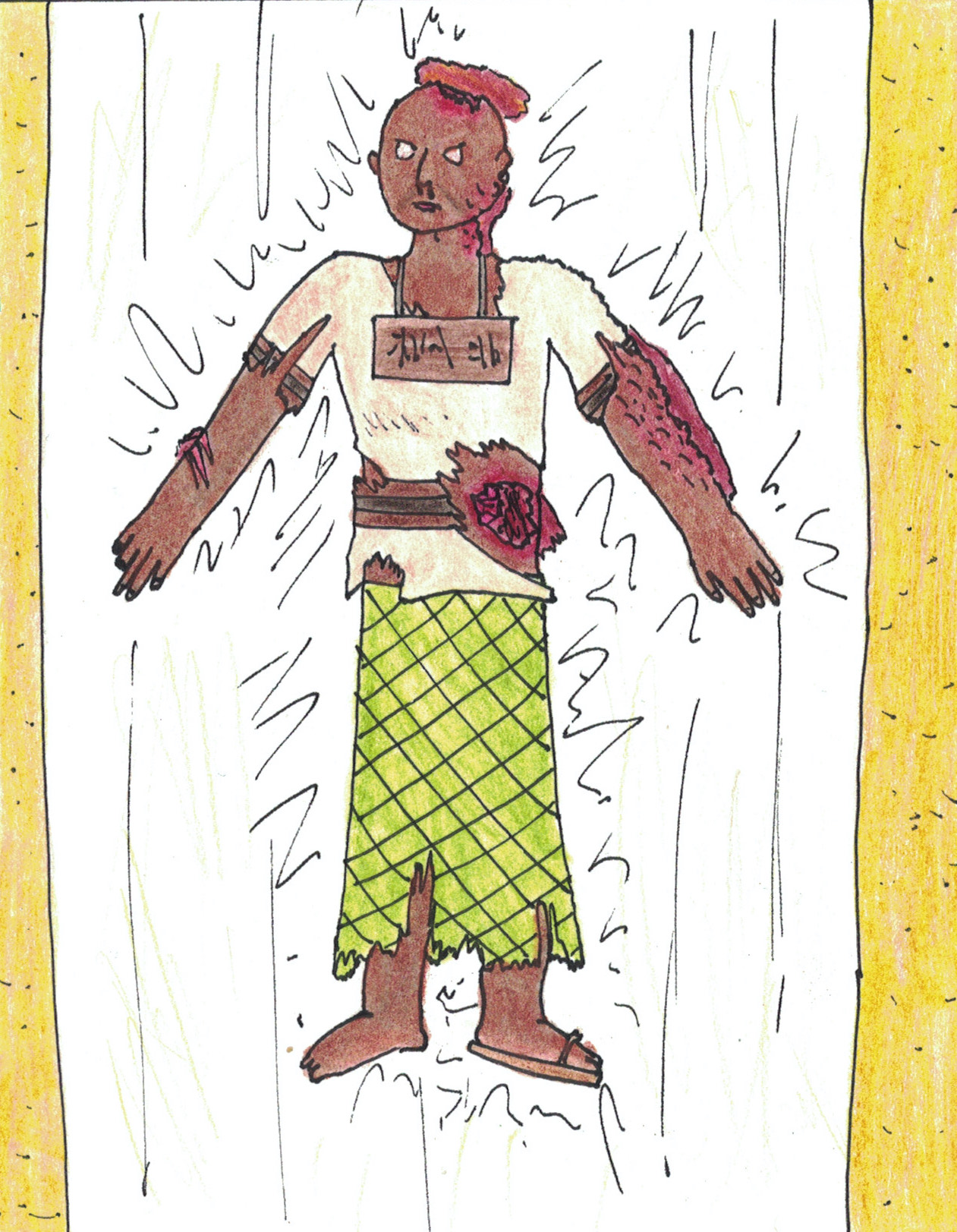Congregation of Inke (in-kay)
There's a superstition among the Vitlesh peoples of central Vesrae that wearing yellow is a sign of impending demise. When a researcher from the Sophos asked why, the questioned party replied, "The Rotpriests are the only ones allowed to wear yellow."The Vitlesh of the steppes and deserts live in a world where death is always a mere moment away. Plague, violence, famine, dehydration, animal attack...the possibilities are endless. Is it such a surprise, then, that they turned to worshipping the personification of death itself in an attempt to stave off the inevitable? Over the centuries, they have written, debated and codified their findings and entrusted it to the Rotpriests. And thus was the Congregation of Inke born.
Mastery over Life and Death
Death? Life? Such binary thinking! Inke's creations do not subscribe to basic definitions such as these.The Congregation worships death and life in all of its myriad forms. Necromancy by the various Rotpriests means that the line between the two has been blurred beyond recognition. It is also the Congregation that has defined the various kinds of living, dead and undead that inhabit the Vitlesh nations. The two major categories that they differentiate are the ashekle and the ashekzik:
- The ashekle are those who still have the "spark" of life. This category covers the living who have never died, those who have used necromancy to prolong their lives and those who have been resurrected with their soul intact.
- The ashekzik are those who have lost that "spark." Most undead are in this category, particularly the stereotypical "mindless" ones and the Diseased Ones. The permanently dead are also in this category, rare as they are in this part of the world.
CW: disease, death, undead, body horror, mutilation, blood, gore (text and images), funerals and childbirth (mentions).
Type
Religious, Organised Religion
Alternative Names
Angels in Yellow, Golden Skulls (for the Prince's personal Rotpriests)
Deities
Related Species
Related Ethnicities
Remove these ads. Join the Worldbuilders Guild




I love the difference between the ashekle and the ashekzik, and that it's not strictly whether one is alive or dead. I'm particularly interested about those who have apparently been resurrected with their souls intact.